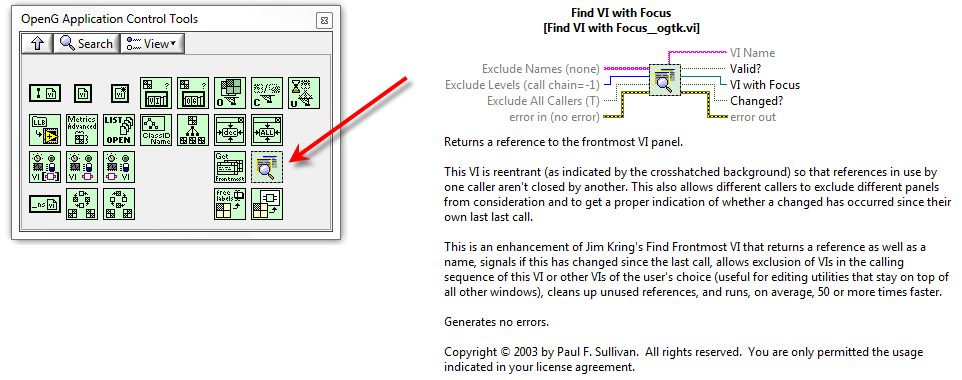Hey Felix - I don't know if I have understood all of your post correctly (so please forgive me if I didn't) but I thought I chime in anyway, to see if I can offer anything from what I do.
I recommend handling reusable code using a workflow that includes a dedicated tool for reuse, and IMHO, by far the best one is VIPM 2010. OGPB is great, I use both together, but after sorting out some (of my) internal issues I am trying to move to VIPM 2010 predominately (this is a process I am just starting). Because most of the time VIPM is way better - meaning less work for me (namespacing, palettes etc...). If I was going to start a reuse library right now I would look at VIPM 2010 over OGPB as a standard. In the Community Edition (which is free) you can now build your own packages, so I can't see any reason not too.
In terms of disk hierarchy I just have an internal project folder (like any other company >> project folder under SCC) that contains the source - broken down by packages - pretty simple. Packages get uploaded onto a server (share). And using packages make managing code across multiple versions of LabVIEW really simple. In order to support Client installs of development code, again IHMO, its far easy to install VIPM to do it, and then install the required packages (see below on this).
Taking a step back in this discussion - one of the more traditional approaches is to copy reuse files from project to project. I know all too well the feeling of warm, fuzziness that comes with it as your project now contains all the files it needs to run - it feels safe but is terrible for reuse!
But VIPM has a solution - I recommend checking out .vipc files. This is a file that contains multiple packages. This feature is available in the Professional version (but is well worth it), and what it allows you to do is to take a snapshot of your reuse code for a project. With the .vipc file you can then do several clever things. You can check it into SCC - along with your application source code. Now you have everything required to run your project, all under SCC - meaning you can manage project dependencies and changes that occur in reuse using SCC. You get all the security (that warm, fuzziness), with none of the managing multiple copies issues - because its not really the reuse source, its just a copy. As all the updates/bugfixing etc... is done under you internal project (a single location), then redistributed, so its all good!
A fellow developer can get a working copy of the .vipc file and apply the configuration to their version of LabVIEW, now ensuring all package versions are correct in their LabVIEW palettes - super fast. So its great in a multiple developer environment. This applies in the office or on a client machine.






